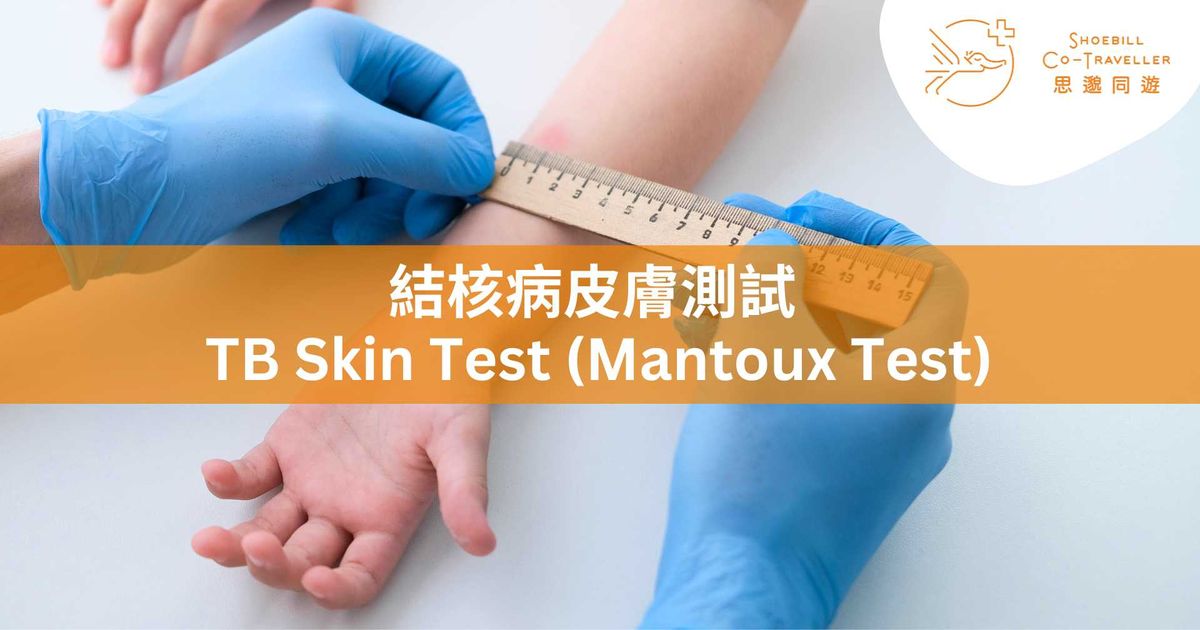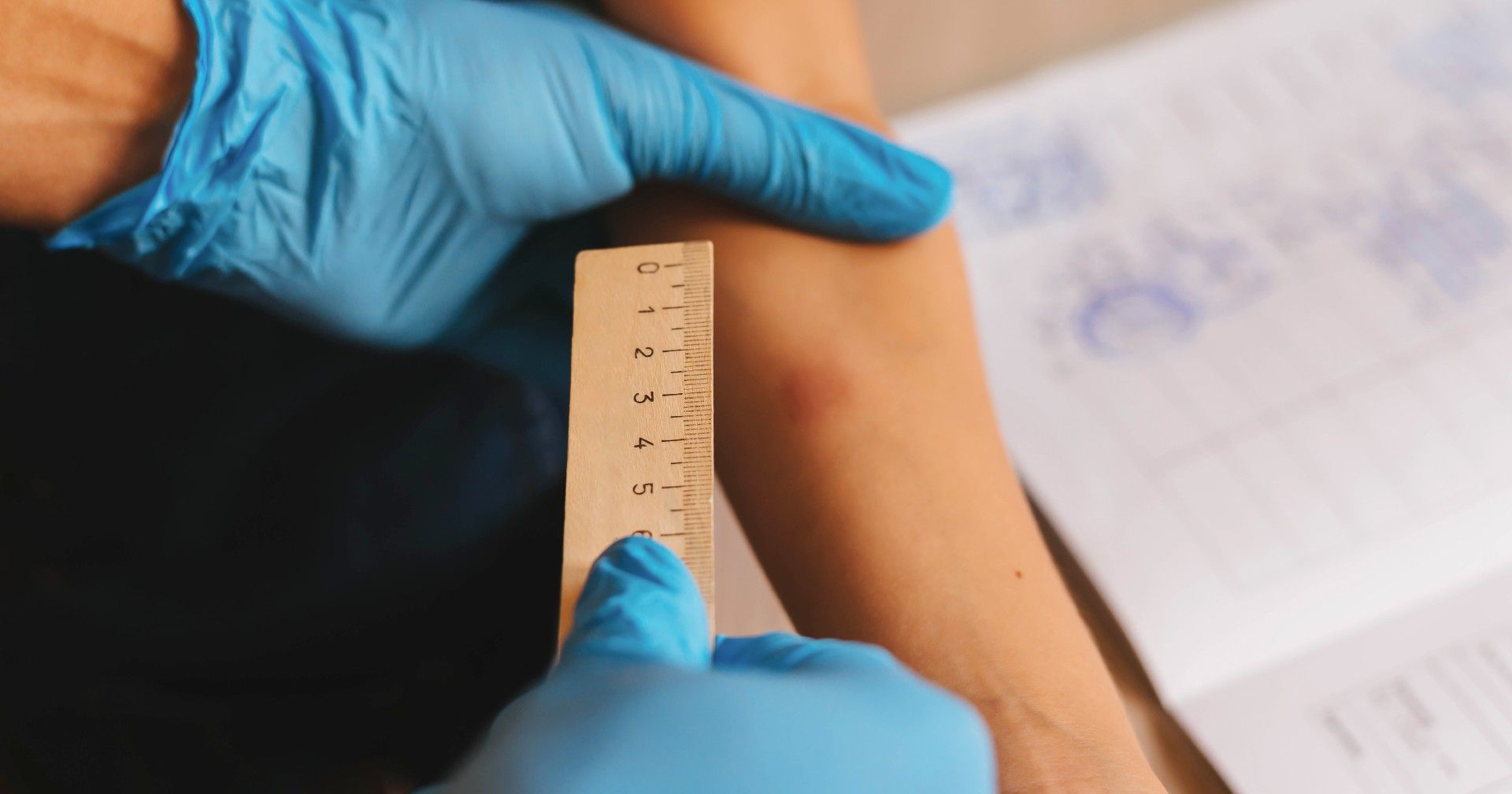
How is the TB skin test performed?
To complete a TB skin test, you will need to visit the travel health center at least twice. During your first visit, a nurse will inject a small amount of tuberculin solution into the skin on your forearm. After 48-72 hours, you will need to return for the nurse to check the injection site for any reactions, such as a raised, hard area or swelling.
Why are two-step (2-step) TB skin test needed?
Some countries, like Canada, may require 2-step TB skin test as proof of testing. This is because a person's TB skin test reaction may become less sensitive over time, leading to a false negative on the first test. The benefit of conducting 2-step TB skin test is that the first test can stimulate the immune response, making the second test more accurate.
What does a positive TB skin test result mean?
A positive TB skin test result means you have been infected with TB bacteria, but it does not confirm active TB disease. If the TB skin test result is positive, you may need a chest x-ray and a consultation with a doctor to rule out active TB disease. A negative TB skin test result indicates that you are less likely to have TB.

Who can receive the TB skin test?
Most people, including infants, children and pregnant women, can receive the TB skin test. The only exceptions are those who have had severe reactions to a previous TB skin test, such as skin necrosis or severe allergic reactions.
When should you avoid TB skin test?
If you have recently received live-attenuated vaccines (such as MMR, chickenpox, yellow fever, or nasal spray flu vaccine), you should avoid the TB skin test because these vaccines can affect its accuracy.
What if you need both a live-attenuated vaccine and the TB skin test?
To ensure accurate TB skin test results, you can either schedule the TB skin test and live-attenuated vaccine on the same day or wait one month after receiving the live vaccine before taking the TB skin test.
We hope this information helps those planning to study abroad. We welcome you to visit Shoebill Co-Traveller - Travel Health Management Center for your TB skin test and other tests. Best wishes for your studies abroad!
Reference: Clinical Testing Guidance for Tuberculosis: Tuberculin Skin Test (CDC, 2024)


